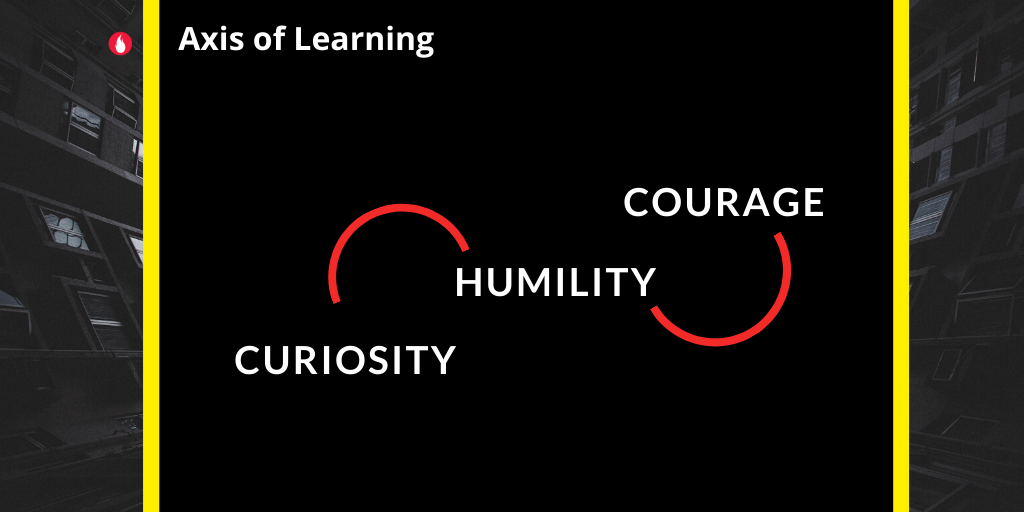Gartner recently published a report stating ‘data and analytics are key to a successful digital business’. Not surprising another study by IDC and the Economist showed 47% companies surveyed had invested in Analytics. Yet many companies struggle to connect data analytics to business outcomes. Inability to reap the benefits from analytics is foundationally a cultural problem. Lets explore the 3 anchors for better analysis.
If you have ever experienced an analysis that you worked on which never saw the light of day. Or worked on umpteen iterations of an analysis that you quipped ‘paralysis by analysis’. You possibly can relate to the statement that ‘the analysis does not see the light of day because the culture of the firm and ‘accepted norms’ of working come in the way’. It isn’t that organisations do not have access to data, or the latest and fanciest tools to analyse data. They do, yet they struggle to link analytics to any kind of business outcomes.
Achieving real business value from analytics, requires deeper enterprise change. The key is for companies to create an environment in which employees think in terms of asking business questions that can be answered with data, and are free and able to ask such questions.
3 anchors for better analysis
We offer you three values or 3 anchors for better analysis, to consider when you work on analytics projects. Do consider these even when you guide individuals in your teams in asking better questions of data, thereby building a data driven culture.

Curiosity
Authors Celeste Kidd and Benjamin Hayden define curiosity as, ‘a motivator for learning, influential in decision-making, and crucial for healthy development.’ Curiosity from the lens of analytics in organisations will enable employees explore the ‘why’. Why is it done this way? Curiosity then gets employees to nudge the status quo and explore a ‘why not’.
A curious why, why not, what else are the missing links in an organisation’s being able to leverage data analytics for business outcomes.
Only 24% employees reported feeling curious at work and a whopping 70% said they faced barriers to asking questions at work. How can organisations encourage curiosity amongst its employees? Here are a few thoughts to consider ranging from the mundane to structural.
- Encourage questions from all sections of the workforce, not based on hierarchy.
- Make data accessible to employees when they need it. Many a curious thought fades amidst the convoluted red tape of getting access to data to analyse it further. Only a part of the problem lies with the technology available to democratise access to data. A larger share of the blame lies in the organisational practice of transparency. Individuals and departments hoard data to remain relevant and are threatened by others getting access data.
- Reward curiosity by allowing employees to follow through a question.
- Ask a lot of questions yourself. Employees take their cues from each other. Encourage a curious mindset by being curious yourself. Will spread faster than you think.
Humility
Kodak and Fuji looked at the same ‘photographic-film’ market performance analysis and made startlingly different decisions. One led to bankruptcy and the other to reinventing itself many times over.
Holding hypothesis lightly and seeking information which can prove and more importantly disprove them is a good place to start. Google has an even better way. It is well known that Google possesses a culture of analytics. Google Chairman, Eric Schmidt, says,
“We run the company by questions, not by answers. So, in the strategy process, we’ve so far formulated 30 questions that we have to answer. You ask it as a question, rather than a pithy answer, and that stimulates conversation. Out of the conversation comes innovation.”
Eric Schmidt, Google.
The humility of ‘I don’t know’ and asking questions instead of telling is a great starting point to leverage data for business outcomes
Courage.
Courage is about letting go of the familiar and expanding your horizons. HBR calls courage a skill. Curiosity and humility paired with data can generate unexpected insights. But these insights will be worthless if they are disregarded or shut down.
Rejecting answers just because they are inconvenient, don’t support your view or question established practices are all things to watch for. Teams take their cue from every remark you make. A colleague in his previous firm was asked to analyse ‘branches that should be closed down to maximise productivity’. After a thorough research and answering the question, this colleague was told the analysis would be blocked because a senior executive was against closing branches.
It takes courage to speak and listen to another’s POV. Change is possible only when we are willing to listen to another story that data tells and not be fixated on our own hypothesis or viewpoint.
Analytics, storytelling, business outcomes.
Data and analysis alone won’t let you be sure of the future. It just sets the foundation for you to see around the corner. Some of these future possibilities may threaten existing ways of working. Stories are a non-threatening yet inviting manner of discussing the possibilities that data analysis throws up. Stories are energising and allow us to bypass defence mechanisms. They can enhance or change perceptions. The ability to tell stories with data is a must consider element as you embark on creating or sustaining change and achieving business outcomes through data and analysis.




July 6, 2020, 10:08 am
September 5, 2022, 9:37 pm